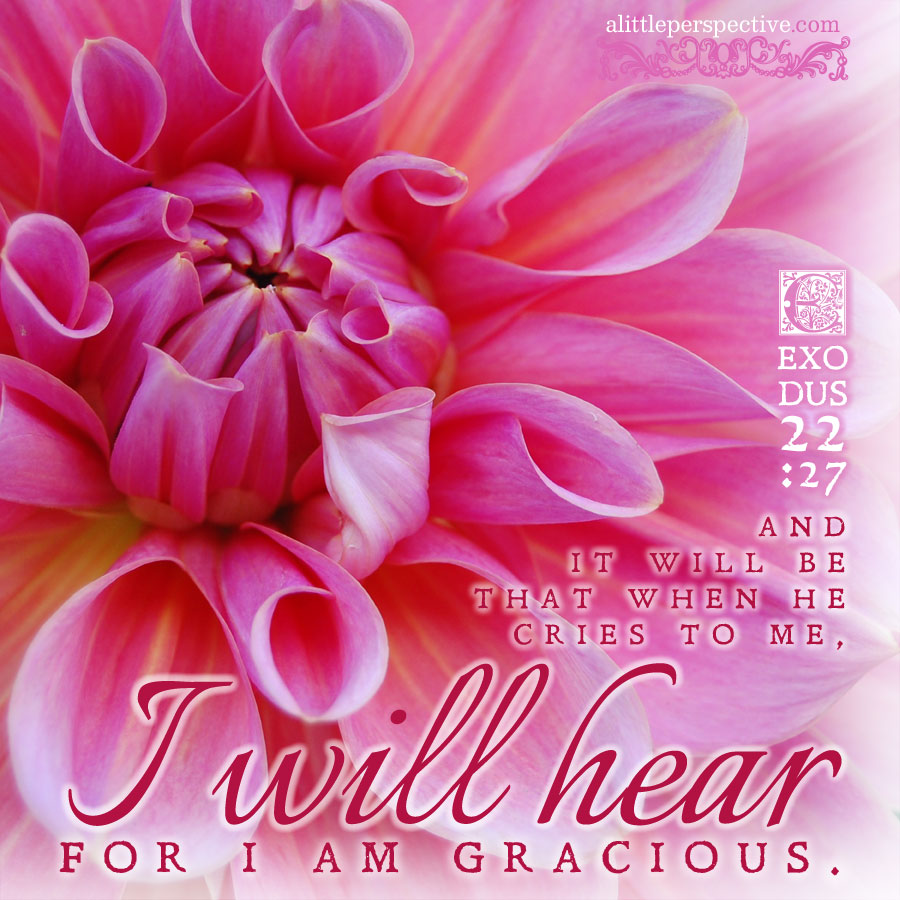Read Exodus 21:1-24:18 at Bible Gateway.
the teaching tools of scripture
mishpatim paragraph divisions 2012 feb 19
mishpatim chiastic structure 2013 feb 08
That these mishpatim or judgments are not additional or superfluous commandments added to the Ten, but explain the keeping of the Ten, is discussed here. That grace is the heart of Law, and the gospel of grace infuses the midst of these commandments, is discussed here.
The first strong theme of mishpatim is Exo 21:1-27 {sx10+p}; Restitution in cases of slavery, or when a person causes injury or death (‘You shall not commit murder’). It forms its own chiastic structure (as I am thinking every strong theme found in Torah likewise does):
Exo 21:1-27
1a) Exo 21:1-11 {s+s} Conditions for Hebrew male or female slaves to go out free;
1b) Exo 21:12-13 {s} Assault that results in death;
central axis) Exo 21:14-17 {sx4} The death penalty is not murder;
2b) Exo 21:18-25 {sx3} Assault that does not result in death;
2a) Exo 21:26-27 {p} Conditions for male or female slaves to go out free.
I could not get over the fact that while the majority of the paragraph has to do with what constitutes murder, the paragraph opens and closes with conditions in which a slave goes free. But why include something that obviously does not have to do with death, within a paragraph which obviously has to do with death?
We have already seen in Torah that slavery is a metaphor for death. Slavery ends the life previously enjoyed, so it is a type of death. When Joseph was sold into slavery in Egypt, he became a type of Messiah going to his death, only to be raised up to life (freedom) again, providing life for everyone else through it. This single strong theme which explains death, and imposes death, is “swallowed up” by its opening and closing weak paragraphs of slaves going out free. Death swallowed up in freedom, that is to say, life!

















Leave a Reply